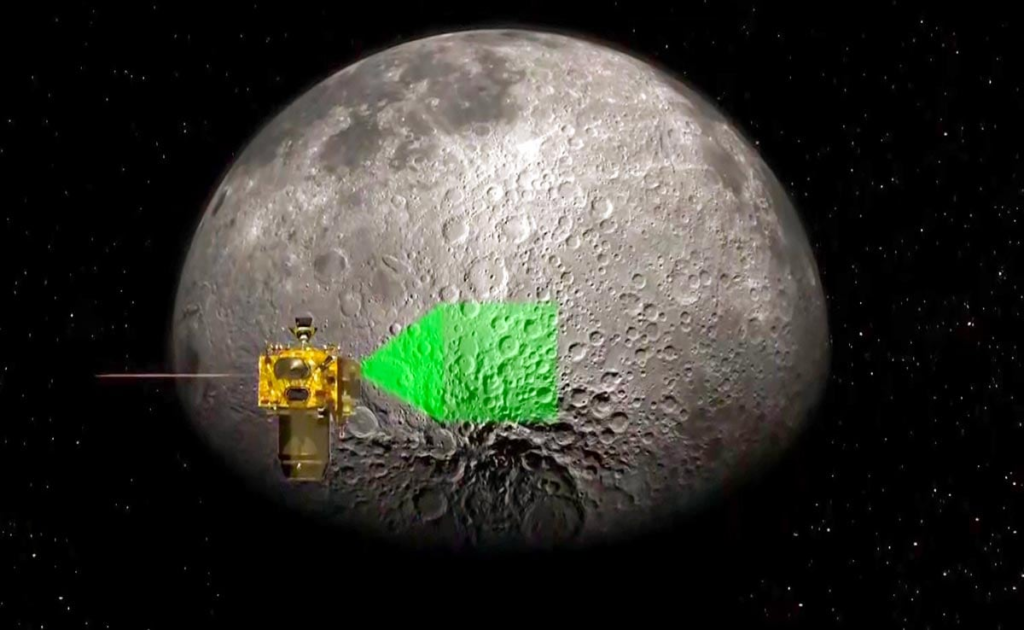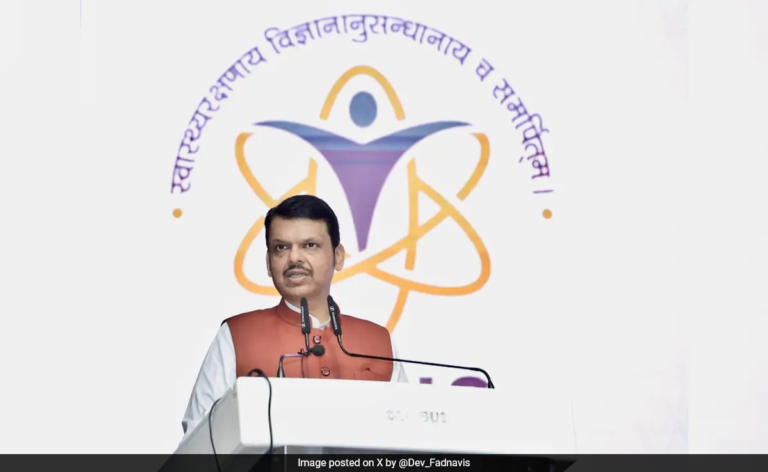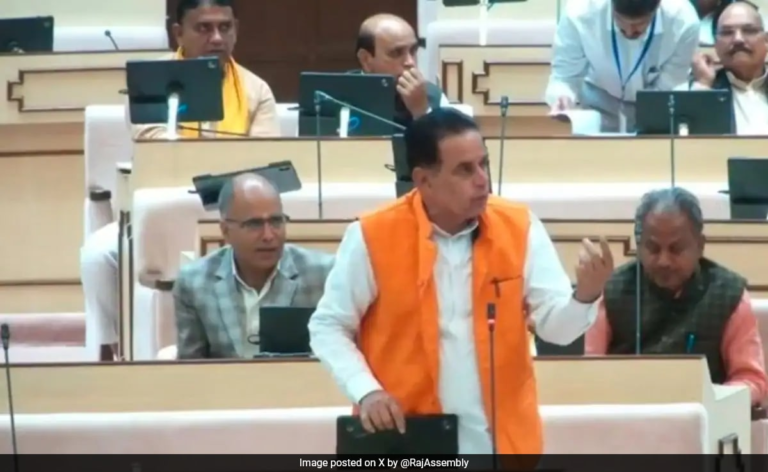

Pragyan rover has rolled out of the lander module, ISRO has said
New Delhi:
The Chandrayaan-3 made its historic touchdown on the surface of the moon last evening, fulfilling the hopes of 1.4 billion people and putting India into the elite space club.
But as the country celebrates this huge milestone, the Vikram lander and Pragyan rover have a lot of work to do on the lunar surface. The rover has already rolled onto the lunar surface.
Sharing the update this morning, the Indian Space Research Organisation (ISRO) tweeted, “Chandrayaan-3 ROVER: Made in India Made for the MOON! The Ch-3 Rover ramped down from the Lander and India took a walk on the moon.” !
ISRO chairman S Somanath told NDTV’s Pallava Bagla that both the lander and the rover are healthy and that Pragyan has rolled out of the Vikram lander. Images of the two may be released soon, he said.
Over the next 14 days, the six-wheeled rover will carry out experiments on the surface of the moon. Both Vikram lander and Pragyan rover have a mission life of 1 lunar day, equal to 14 days on earth. The lander module is carrying five payloads for specific tasks on the Moon.
The rover’s an Alpha Particle X-Ray Spectrometer will be used to derive the chemical composition and infer mineralogical composition to further enhance the understanding of the lunar surface.
A Laser Induced Breakdown Spectroscope will determine elemental composition of the lunar soil and rocks around the landing site.
The lander is also carrying RAMBHA-LP (Langmuir Probe) to measure the near surface plasma (ions and electrons) density and its changes with time. ChaSTE Chandra’s Surface Thermo Physical Experiment will carry out the measurements of thermal properties of lunar surface near its polar region. The Instrument for Lunar Seismic Activity will measure the seismicity around the landing site.
After 14 days of work, the activity of the solar energy-powered rover, is likely to slow down. During this time, it will be touch with the Lander Vikram that will relay data to ISRO. ISRO has no direct link with the rover.
The success of the Chandrayaan mission has made India the first country to land a spacecraft near the moon’s south pool, a region with frozen water that could be a source of oxygen, fuel and water.
(This news is published through a syndicated feed courtesy NDTV)



